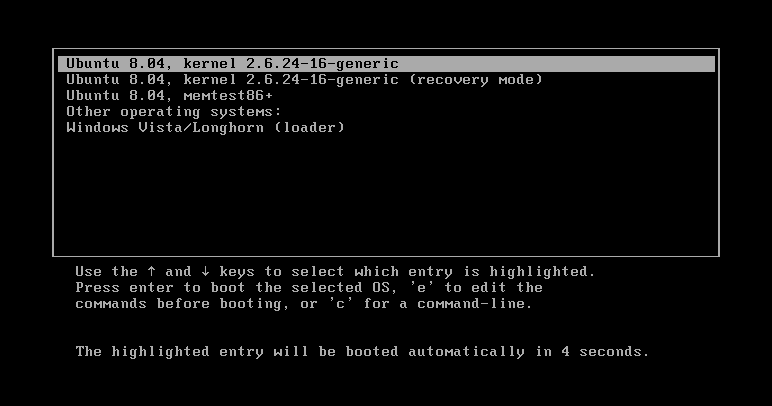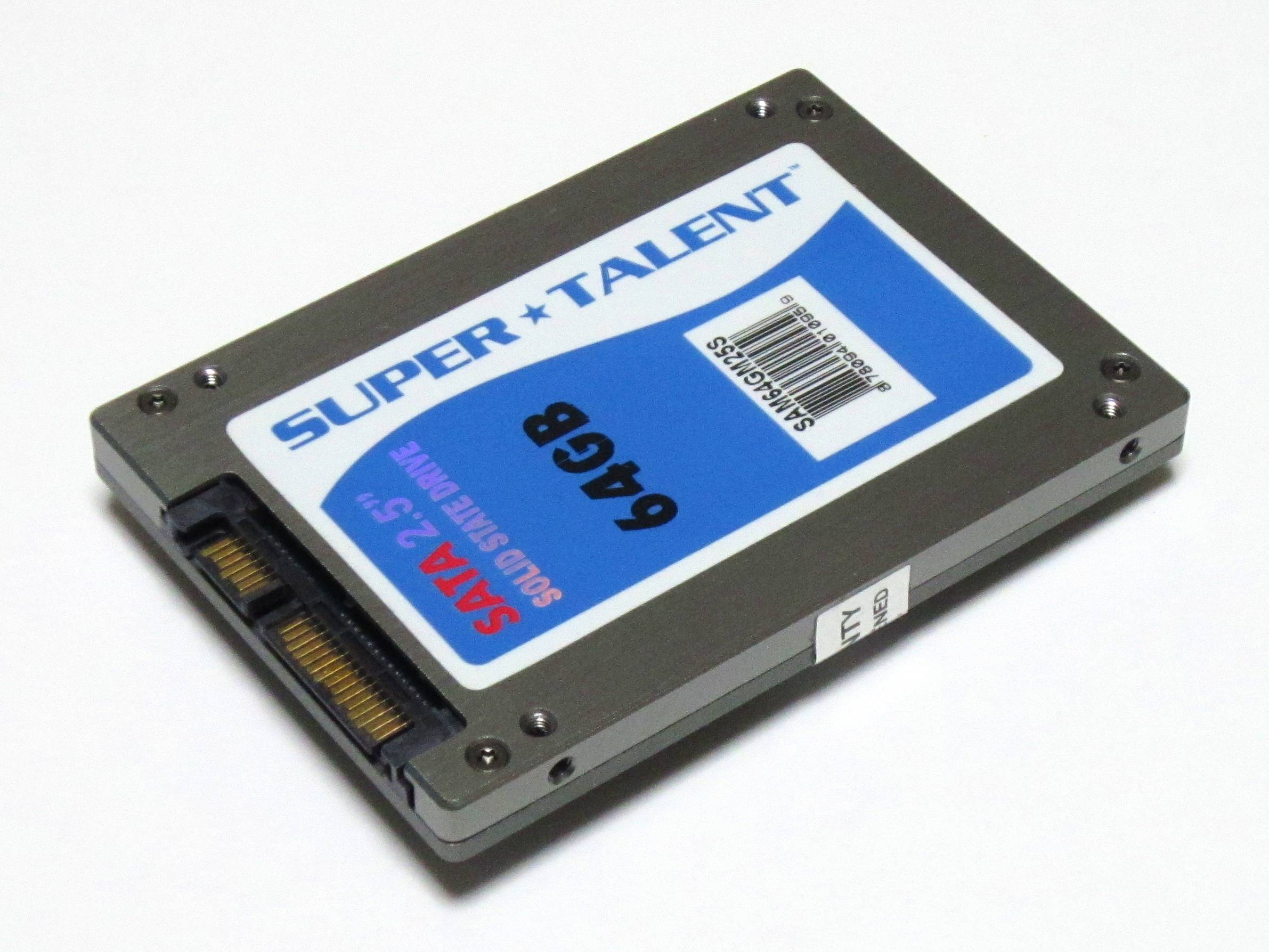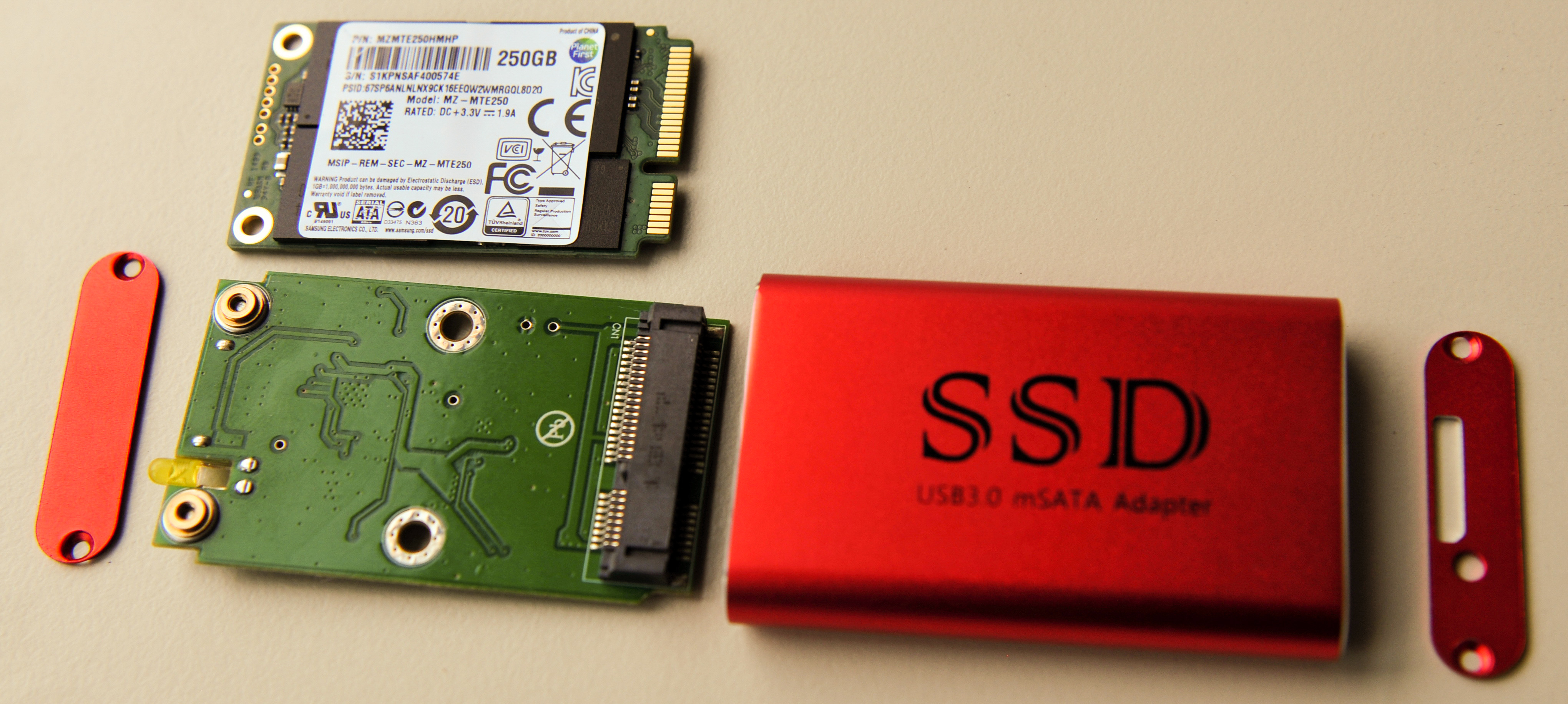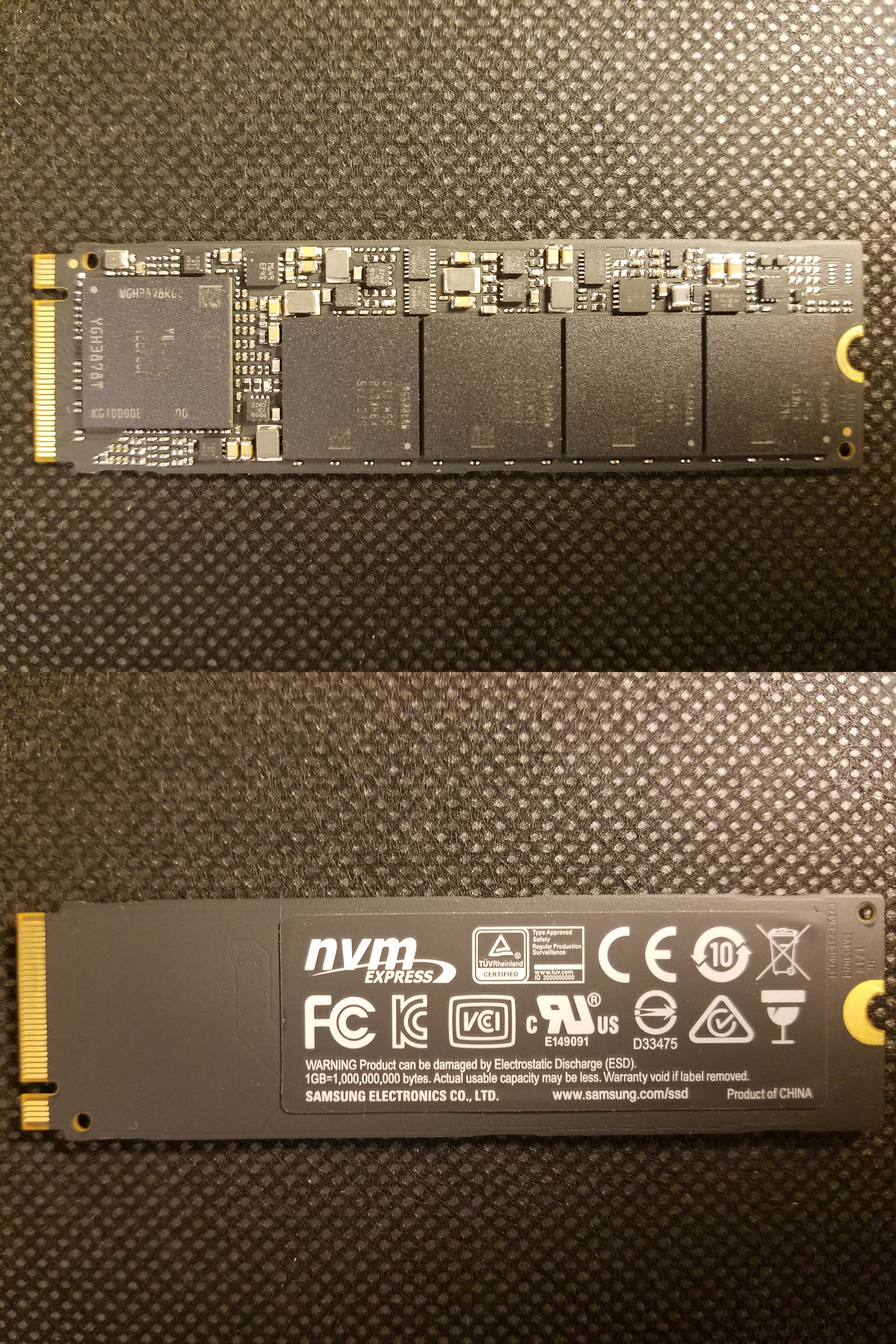|
Partition Alignment
Partition alignment is the proper alignment of partitions to the boundaries available in a data storage device. Examples include the following: * 4 KB sector alignment with hard disk drives supporting Advanced Format (AF) * Track partition alignment, partitions starting on track boundaries on hard disk drives * Cylinder partition alignment, partitions starting on logical or physical cylinder boundaries on hard disk drives * SSD page partition alignment, partitions starting on NVM page boundaries (with pages typically 4 to 16 KB in size) on SSDs and other flash-based memory devices * SSD block partition alignment, partitions starting on NVM block boundaries (typically blocks of 128 to 512 pages) on SSDs and other flash-based memory devices * 1 MB partition alignment, partitions starting on 1 MB boundaries * RAID stripe alignment, partition alignment based on stripe boundaries See also * Advanced Format * Data striping In computer data storage, data striping ... [...More Info...] [...Related Items...] OR: [Wikipedia] [Google] [Baidu] |
Disk Partitioning
Disk partitioning or disk slicing is the creation of one or more regions on secondary storage, so that each region can be managed separately. These regions are called partitions. It is typically the first step of preparing a newly installed disk, before any file system is created. The disk stores the information about the partitions' locations and sizes in an area known as the partition table that the operating system reads before any other part of the disk. Each partition then appears to the operating system as a distinct "logical" disk that uses part of the actual disk. System administrators use a program called a partition editor to create, resize, delete, and manipulate the partitions. Partitioning allows the use of different filesystems to be installed for different kinds of files. Separating user data from system data can prevent the system partition from becoming full and rendering the system unusable. Partitioning can also make backing up easier. A disadvantage is that ... [...More Info...] [...Related Items...] OR: [Wikipedia] [Google] [Baidu] |
Data Storage
Data storage is the recording (storing) of information (data) in a storage medium. Handwriting, phonographic recording, magnetic tape, and optical discs are all examples of storage media. Biological molecules such as RNA and DNA are considered by some as data storage. Recording may be accomplished with virtually any form of energy. Electronic data storage requires electrical power to store and retrieve data. Data storage in a digital, machine-readable medium is sometimes called ''digital data''. Computer data storage is one of the core functions of a general-purpose computer. Electronic documents can be stored in much less space than paper documents. Barcodes and magnetic ink character recognition (MICR) are two ways of recording machine-readable data on paper. Recording media A recording medium is a physical material that holds information. Newly created information is distributed and can be stored in four storage media–print, film, magnetic, and optical–and seen or ... [...More Info...] [...Related Items...] OR: [Wikipedia] [Google] [Baidu] |
4 KB Sector Alignment
Advanced Format (AF) is any disk sector format used to store data on magnetic disks in hard disk drives (HDDs) that exceeds 512, 520, or 528 bytes per sector, such as the 4096, 4112, 4160, and 4224-byte (4 KB) sectors of an Advanced Format Drive (AFD). Larger sectors enable the integration of stronger error correction algorithms to maintain data integrity at higher storage densities. History The use of long data sectors was suggested in 1998 in a technical paper issued by the National Storage Industry Consortium (NSIC) calling attention to the conflict between continuing increases in areal density and the traditional 512-byte-per-sector format used in hard disk drives. Without revolutionary breakthroughs in magnetic recording system technologies, areal densities, and with them the storage capacities, hard disk drives were projected to stagnate. The storage industry trade organization, International Disk Drive Equipment and Materials Association (IDEMA), responded by organ ... [...More Info...] [...Related Items...] OR: [Wikipedia] [Google] [Baidu] |
Track Partition Alignment
A master boot record (MBR) is a special type of boot sector at the very beginning of partitioned computer mass storage devices like fixed disks or removable drives intended for use with IBM PC-compatible systems and beyond. The concept of MBRs was publicly introduced in 1983 with PC DOS 2.0. The MBR holds the information on how the disc's sectors are divided into partitions, each partition notionally containing a file system. The MBR also contains executable code to function as a loader for the installed operating system—usually by passing control over to the loader's second stage, or in conjunction with each partition's volume boot record (VBR). This MBR code is usually referred to as a boot loader. The organization of the partition table in the MBR limits the maximum addressable storage space of a partitioned disk to 2 TiB . Approaches to slightly raise this limit assuming 32-bit arithmetics or 4096-byte sectors are not officially supported, as they fatally break com ... [...More Info...] [...Related Items...] OR: [Wikipedia] [Google] [Baidu] |
Cylinder Partition Alignment
A master boot record (MBR) is a special type of boot sector at the very beginning of partitioned computer mass storage devices like fixed disks or removable drives intended for use with IBM PC-compatible systems and beyond. The concept of MBRs was publicly introduced in 1983 with PC DOS 2.0. The MBR holds the information on how the disc's sectors are divided into partitions, each partition notionally containing a file system. The MBR also contains executable code to function as a loader for the installed operating system—usually by passing control over to the loader's second stage, or in conjunction with each partition's volume boot record (VBR). This MBR code is usually referred to as a boot loader. The organization of the partition table in the MBR limits the maximum addressable storage space of a partitioned disk to 2 TiB . Approaches to slightly raise this limit assuming 32-bit arithmetics or 4096-byte sectors are not officially supported, as they fatally break com ... [...More Info...] [...Related Items...] OR: [Wikipedia] [Google] [Baidu] |
SSD Page Partition Alignment
A solid-state drive (SSD) is a solid-state storage device that uses integrated circuit assemblies to store data persistently, typically using flash memory, and functioning as secondary storage in the hierarchy of computer storage. It is also sometimes called a semiconductor storage device, a solid-state device or a solid-state disk, even though SSDs lack the physical spinning disks and movable read–write heads used in hard disk drives (HDDs) and floppy disks. SSD also has rich internal parallelism for data processing. In comparison to hard disk drives and similar electromechanical media which use moving parts, SSDs are typically more resistant to physical shock, run silently, and have higher input/output rates and lower latency. SSDs store data in semiconductor cells. cells can contain between 1 and 4 bits of data. SSD storage devices vary in their properties according to the number of bits stored in each cell, with single-bit cells ("Single Level Cells" or "SL ... [...More Info...] [...Related Items...] OR: [Wikipedia] [Google] [Baidu] |
SSD Block Partition Alignment
A solid-state drive (SSD) is a solid-state storage device that uses integrated circuit assemblies to store data persistently, typically using flash memory, and functioning as secondary storage in the hierarchy of computer storage. It is also sometimes called a semiconductor storage device, a solid-state device or a solid-state disk, even though SSDs lack the physical spinning disks and movable read–write heads used in hard disk drives (HDDs) and floppy disks. SSD also has rich internal parallelism for data processing. In comparison to hard disk drives and similar electromechanical media which use moving parts, SSDs are typically more resistant to physical shock, run silently, and have higher input/output rates and lower latency. SSDs store data in semiconductor cells. cells can contain between 1 and 4 bits of data. SSD storage devices vary in their properties according to the number of bits stored in each cell, with single-bit cells ("Single Level Cells" or "SLC") ... [...More Info...] [...Related Items...] OR: [Wikipedia] [Google] [Baidu] |
1 MB Partition Alignment
A solid-state drive (SSD) is a solid-state storage device that uses integrated circuit assemblies to store data persistently, typically using flash memory, and functioning as secondary storage in the hierarchy of computer storage. It is also sometimes called a semiconductor storage device, a solid-state device or a solid-state disk, even though SSDs lack the physical spinning disks and movable read–write heads used in hard disk drives (HDDs) and floppy disks. SSD also has rich internal parallelism for data processing. In comparison to hard disk drives and similar electromechanical media which use moving parts, SSDs are typically more resistant to physical shock, run silently, and have higher input/output rates and lower latency. SSDs store data in semiconductor cells. cells can contain between 1 and 4 bits of data. SSD storage devices vary in their properties according to the number of bits stored in each cell, with single-bit cells ("Single Level Cells" or "SLC") ... [...More Info...] [...Related Items...] OR: [Wikipedia] [Google] [Baidu] |
RAID Stripe Alignment
Raid, RAID or Raids may refer to: Attack * Raid (military), a sudden attack behind the enemy's lines without the intention of holding ground * Corporate raid, a type of hostile takeover in business * Panty raid, a prankish raid by male college students on the living quarters of female students to steal panties as trophies * Police raid, a police action involving the entering of a house with the intent to capture personnel or evidence, often taking place early in the morning *Union raid, when an outsider trade union takes over the membership of an existing union Arts, entertainment, and media Films * ''Raid'' (1947 film), an East German film * ''Raid'' (2003 film), a 2003 Finnish film * ''Raid'' (2018 film), an Indian period crime thriller Gaming * Raid (gaming), a type of mission in a video game where a large number of people combine forces to defeat a powerful enemy * ''Raid'' (video game), a Nintendo Entertainment System title released by Sachen in 1989 * ''Raid over Mosco ... [...More Info...] [...Related Items...] OR: [Wikipedia] [Google] [Baidu] |
Advanced Format
Advanced Format (AF) is any disk sector format used to store data on magnetic disks in hard disk drives (HDDs) that exceeds 512, 520, or 528 bytes per sector, such as the 4096, 4112, 4160, and 4224-byte (4 KB) sectors of an Advanced Format Drive (AFD). Larger sectors enable the integration of stronger error correction algorithms to maintain data integrity at higher storage densities. History The use of long data sectors was suggested in 1998 in a technical paper issued by the National Storage Industry Consortium (NSIC) calling attention to the conflict between continuing increases in areal density and the traditional 512-byte-per-sector format used in hard disk drives. Without revolutionary breakthroughs in magnetic recording system technologies, areal densities, and with them the storage capacities, hard disk drives were projected to stagnate. The storage industry trade organization, International Disk Drive Equipment and Materials Association (IDEMA), responded by organ ... [...More Info...] [...Related Items...] OR: [Wikipedia] [Google] [Baidu] |






